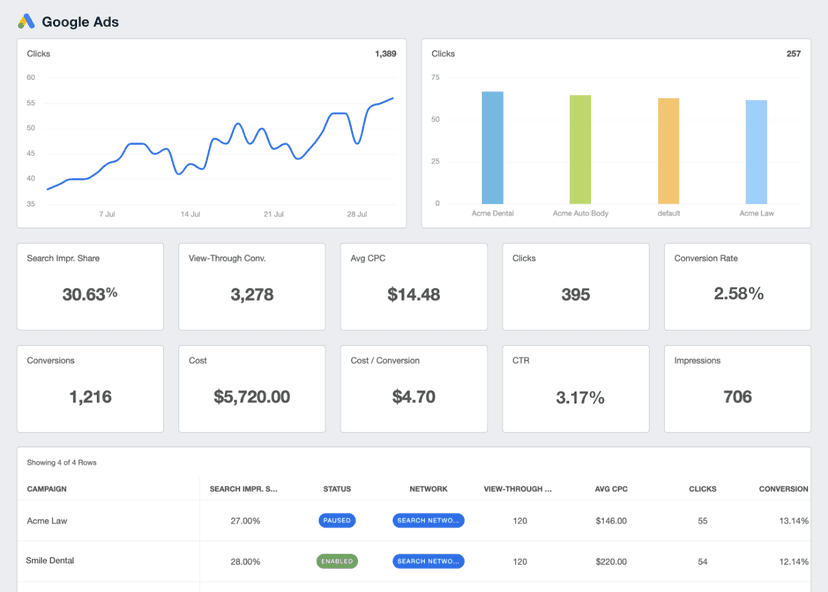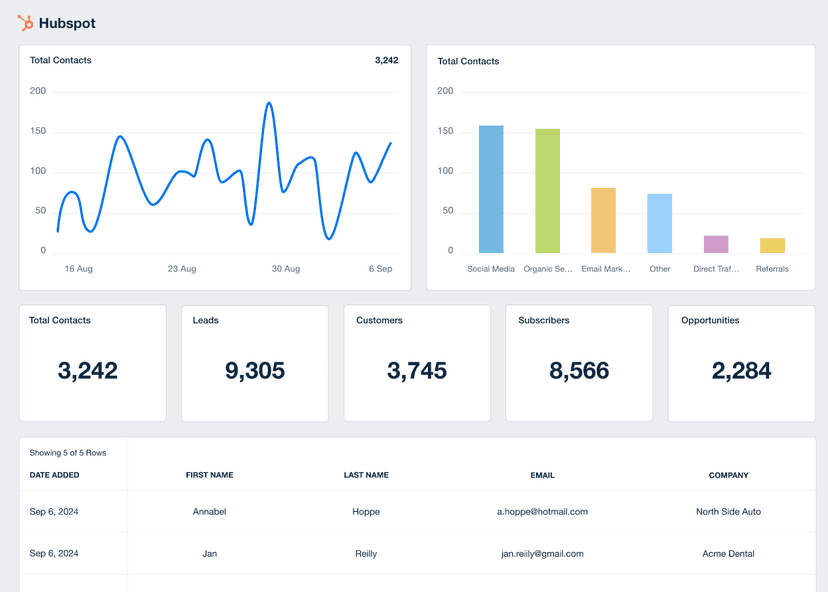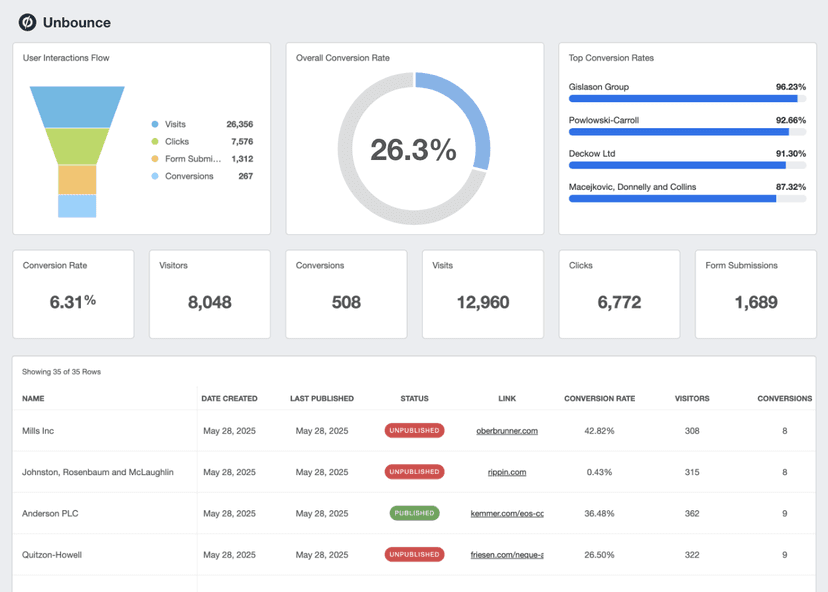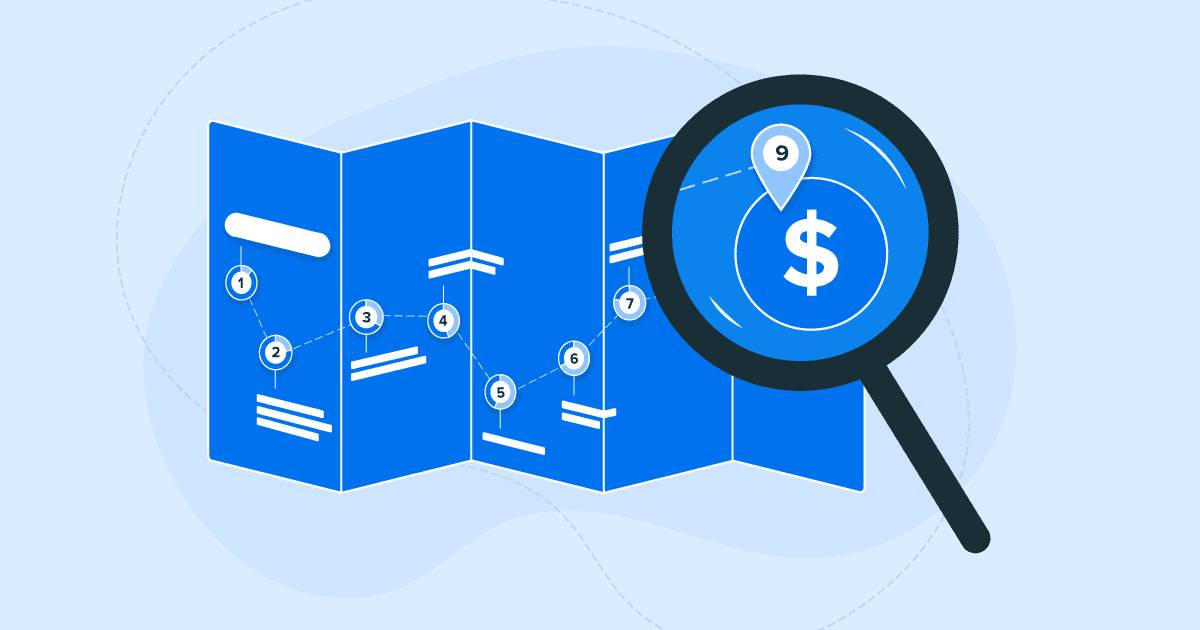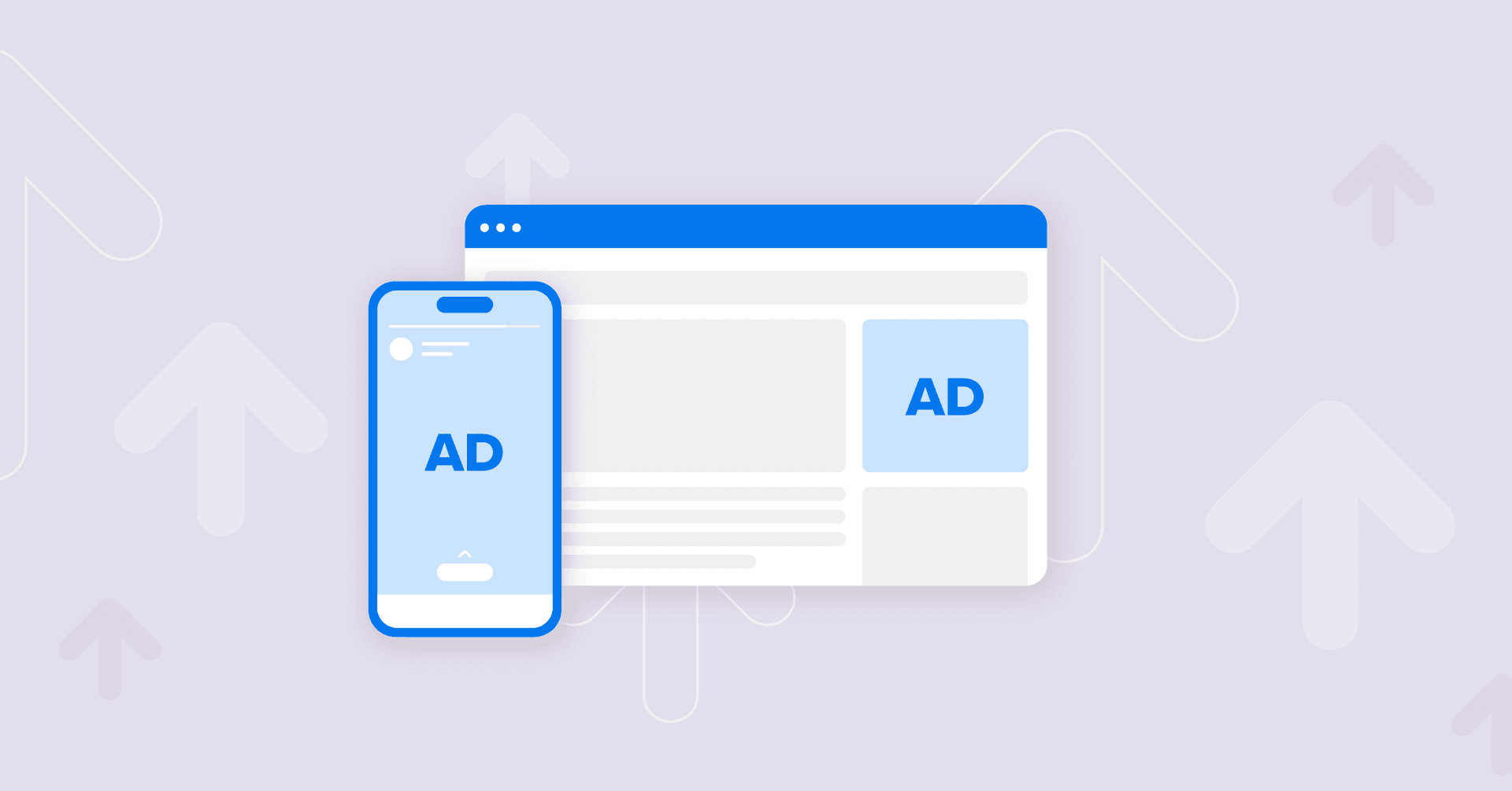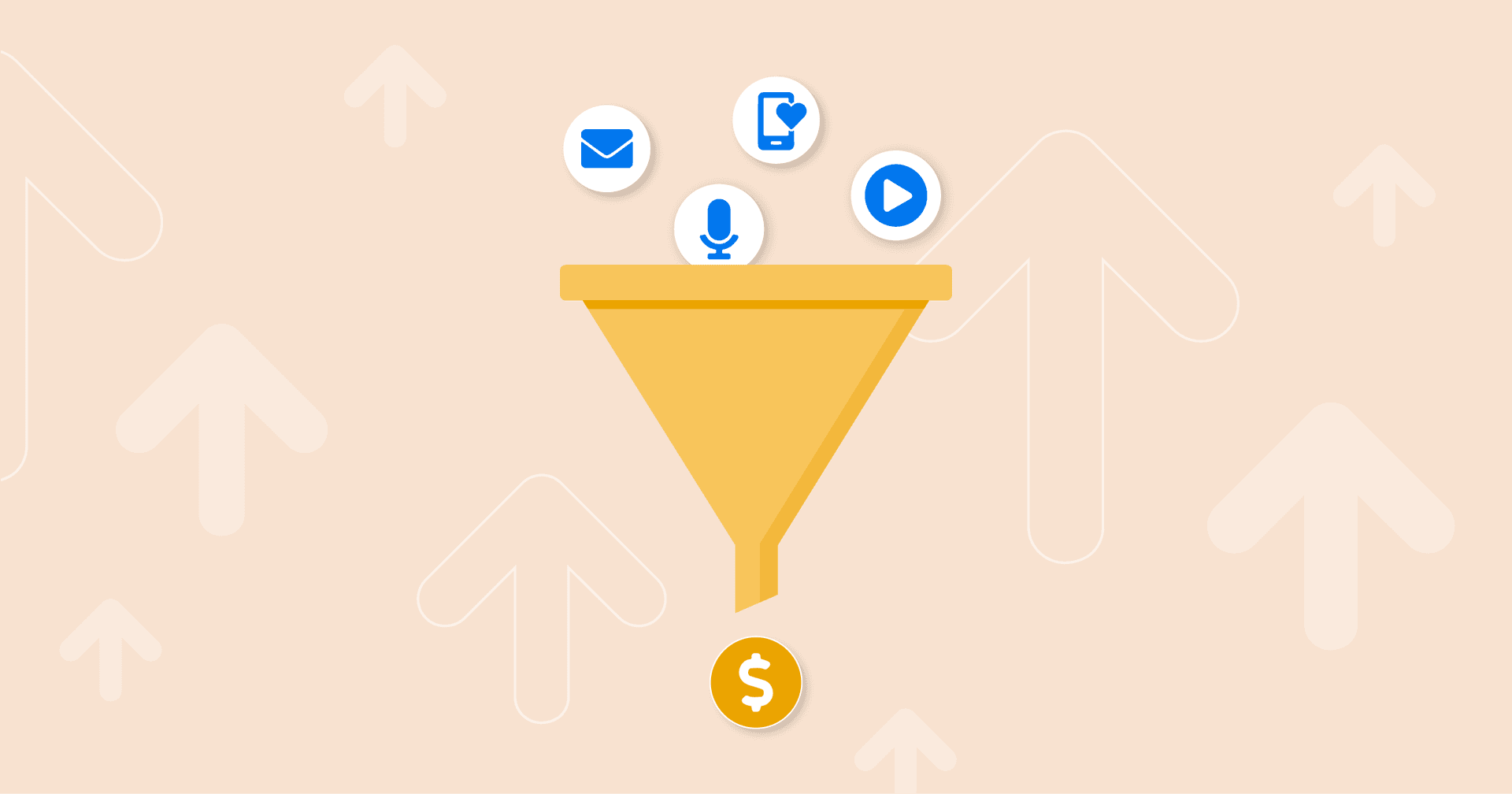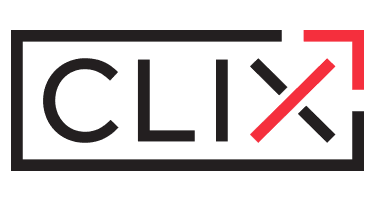Time to Conversion
Identify Bottlenecks
Finds friction points where potential customers drop off before completing a conversion.
Optimize Marketing Strategies
Refines ad targeting, landing pages, and messaging to accelerate conversion time.
Improve Lead Nurturing
Uses historical data to perfect follow-up timing and content, enhancing user engagement.
Reinforce ROI in Client Reports
Demonstrates reduced conversion time as proof of increased efficiency and success.
Why Time to Conversion Is Important
Time to Conversion directly impacts revenue and marketing efficiency. Tracking this metric helps identify bottlenecks in the conversion funnel, optimize user experience, and streamline the conversion process.
Understanding how long potential customers take to complete a desired action helps refine marketing strategies. A long conversion time may indicate friction in the user journey, while a shorter one suggests an optimized process that moves users efficiently from initial interaction to paying customers.
Analyzing the time users spend before converting also improves customer acquisition efforts. By leveraging this metric, businesses enhance engagement, improve efficiency, and drive more conversions within a given time period.
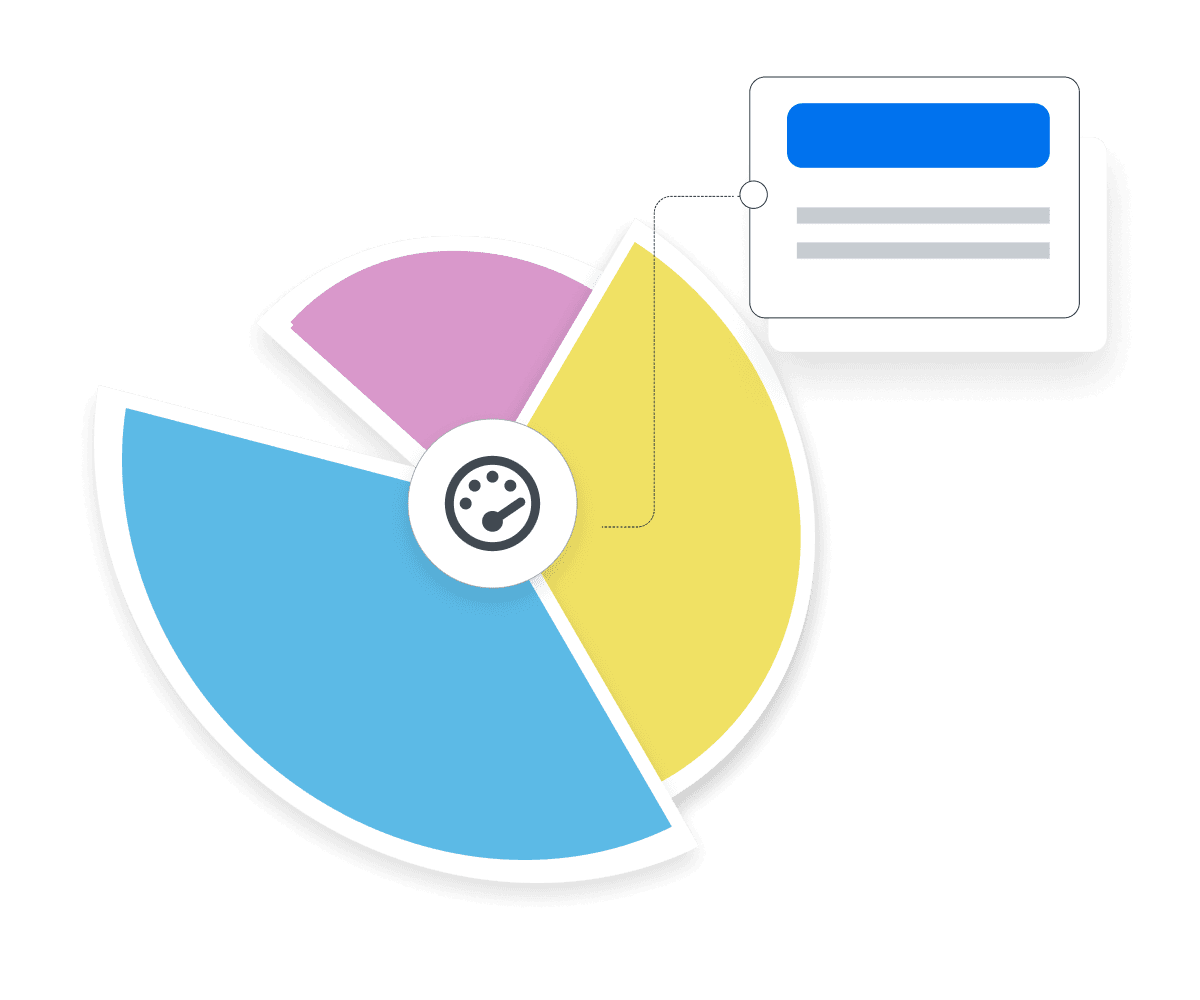
Stop Wasting Time on Manual Reports... Get Insights Faster With AgencyAnalytics
How Time to Conversion Relates To Other KPIs
Time to Conversion directly impacts conversion rate. Analyzing this metric alongside user behavior helps identify pain points that slow down conversions and reveal areas for optimization.
Tracking average conversion time also helps determine the effectiveness of marketing strategies. If website visitors take too long to sign up or complete a desired action, adjustments to messaging, CTAs, or landing page design may be needed. Comparing this metric across campaigns will highlight differences in audience engagement and campaign efficiency.
This KPI also plays a role in Customer Acquisition Cost (CAC) and Return on Investment (ROI). A shorter time period to convert means faster revenue generation, making campaigns more cost-effective. Agencies and businesses that refine this metric improve efficiency, drive more conversions, and maximize results.
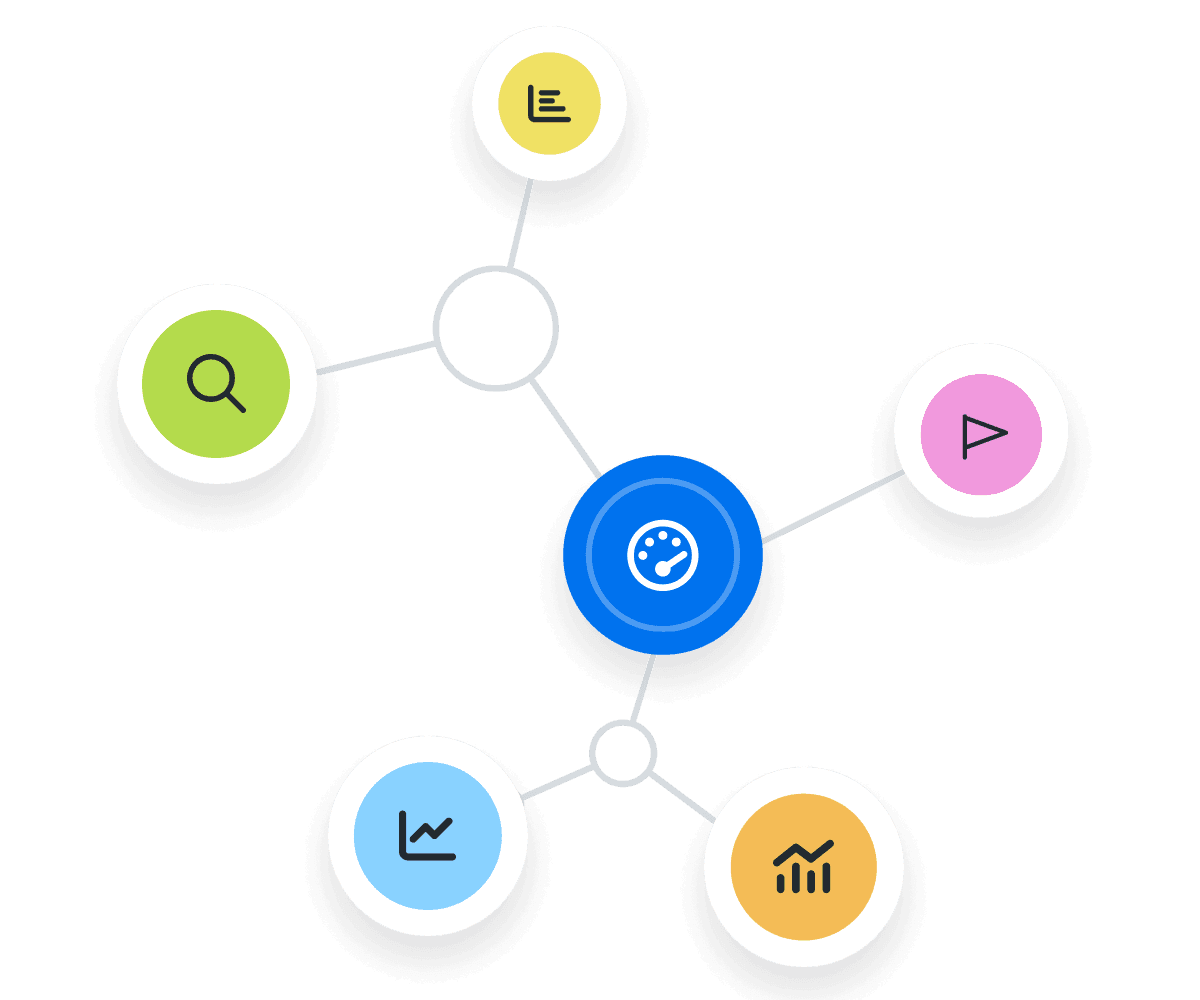
Key Factors That Impact Time to Conversion
Several factors affect conversion time, either accelerating or delaying the process. User experience (UX) plays a major role—complex navigation, slow load times, or a confusing conversion funnel can increase the time users spend before completing a desired action. A user-friendly site with clear CTAs and seamless design speeds up the conversion process.
Audience intent also impacts conversion time. Visitors actively searching for a solution tend to convert faster, while those in the research phase take longer. Targeting high-intent users with optimized messaging will reduce delays.
Effective marketing strategies play a crucial role in conversion time. Retargeting, personalized follow-ups, and well-timed email sequences keep potential customers engaged, guiding them toward a successful conversion. Inconsistent engagement, on the other hand, could lead to delays. Continuously optimizing these touchpoints helps improve efficiency and drive more conversions.
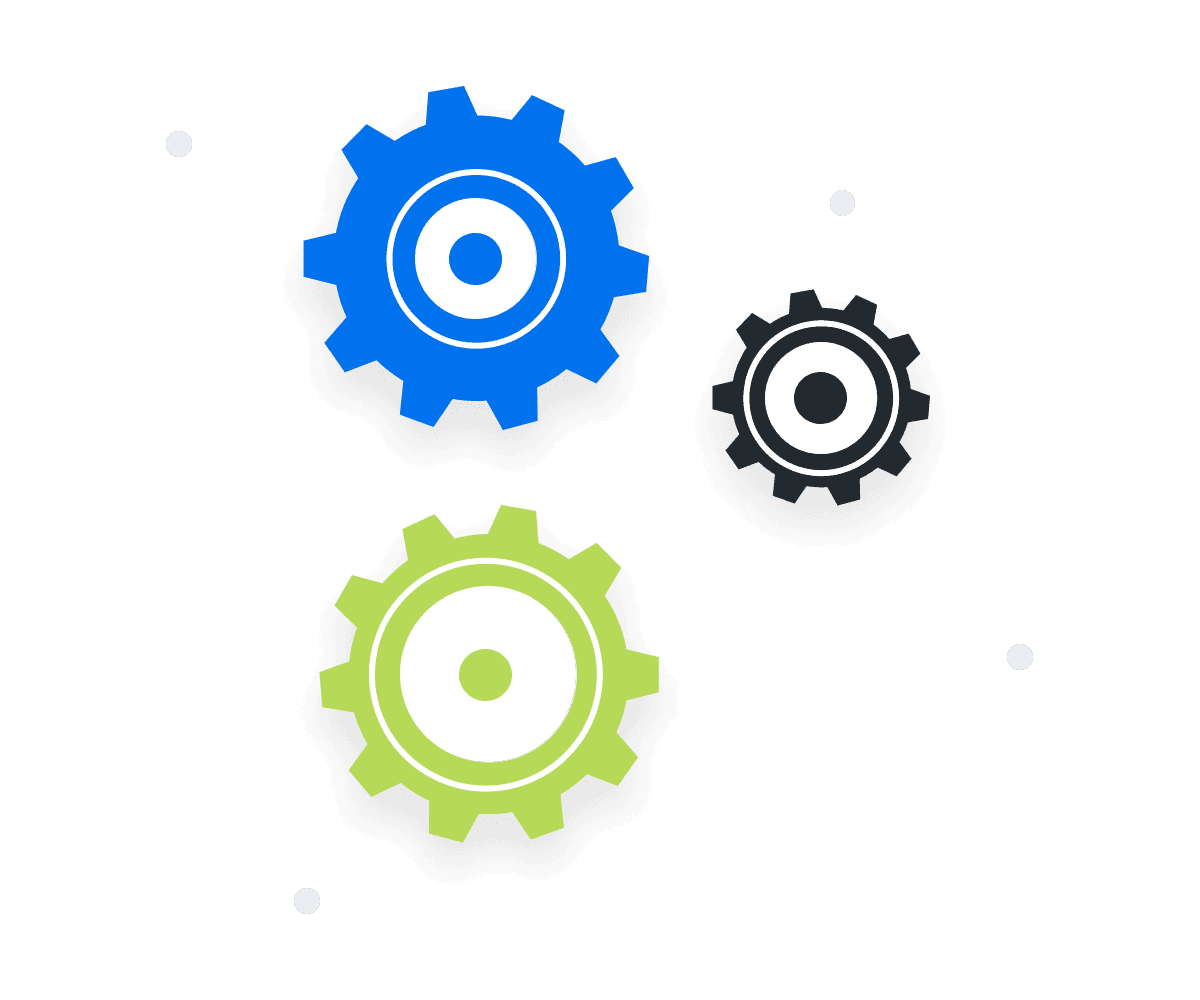
How To Calculate Time to Conversion
Time to Conversion measures the duration between a user’s first interaction with a brand and when they complete a conversion event (such as a purchase or sign-up). This metric is calculated by subtracting the First Interaction Timestamp from the Conversion Timestamp for each individual user.
For example, if a visitor first interacts with a website on March 1st and completes a purchase on March 5th, their Time to Conversion is 4 days. This calculation helps track how quickly users move through the conversion funnel, highlighting potential friction points or opportunities to improve efficiency.
Time to Conversion Formula Example
What Is a Good Time to Conversion?
A good average Time to Conversion depends on industry and sales cycles, but generally, B2B businesses aim for 30-60 days, while B2C conversions often happen within a few days to two weeks. Faster conversions indicate well-optimized funnels, strong intent, and effective lead nurturing strategies.
What Is a Bad Time to Conversion?
A poor average Time to Conversion extends significantly beyond industry norms, such as 90+ days for B2B or several weeks for B2C without clear justification. Long conversion cycles may indicate friction in the funnel, poor lead quality, weak nurturing, or an ineffective sales process.
How To Set Benchmarks and Goals
Agencies should analyze past conversion data, segmenting by lead source, campaign type, and customer demographics. Identifying patterns helps set more relevant benchmarks. For example, if paid search leads convert in 20 days while organic takes 45 days, separate goals should be established. Tracking changes in Time to Conversion after campaign optimizations will also help agencies refine their strategies and expectations.
Why Time to Conversion Matters to Clients
For clients, Time to Conversion directly affects revenue and business efficiency. A faster conversion process moves potential customers through the conversion funnel more efficiently, increasing paying customers and improving scalability. A longer duration may indicate obstacles in the sales process, delaying growth.
Tracking this metric helps assess conversion rate optimization efforts. Analyzing average conversion time reveals whether website updates, ad campaigns, or lead nurturing strategies are improving conversion rates. A seamless, user-friendly experience often results in quicker conversions, encouraging visitors to act.
From a financial perspective, delays in conversion time can drive up Customer Acquisition Costs (CAC). Monitoring this data ensures marketing budgets are spent efficiently, leading to more conversions in less time.

Why Time to Conversion Matters to Agencies
For agencies, Time to Conversion is a key indicator of marketing effectiveness. A faster conversion timeline shows that campaigns are guiding visitors smoothly through the conversion funnel, while longer durations highlight areas for improvement.
This metric also reinforces ROI in client reports, demonstrating how streamlined marketing efforts lead to a more efficient sales cycle. When conversion speed improves, it’s easier to show clients the real impact of their investment, strengthening relationships and retention.
Agencies rely on this data to fine-tune campaigns, landing pages, and messaging. Understanding which channels or tactics accelerate conversion time helps focus resources where they matter most, optimize marketing strategies, and drive more conversions with better efficiency.

Discover the Client Reporting Platform Trusted by Over 7,000 Marketing Agencies
Best Practices When Analyzing and Reporting on Time to Conversion
A thorough analysis of Time to Conversion helps refine marketing strategies and improve efficiency. Here are some best practices to follow.
Track Time to Conversion Trends Long-Term
Tracking Time to Conversion over weeks or months helps uncover shifts in user behavior. Seasonal trends, product launches, or market changes can all impact average duration. Monitoring this data over a longer time period highlights performance fluctuations and helps adjust marketing strategies accordingly.
Compare Time to Conversion Across Channels
Not all marketing channels drive conversions at the same speed. Paid ads may generate faster conversions, while organic search or email nurturing may take longer. Comparing conversion time across different channels helps optimize budgets, refine conversion rate optimization efforts, and focus resources on the most effective touchpoints.
Measure Time to Conversion Across Campaigns
Different campaigns may attract audiences with varying levels of intent. A campaign designed for lead generation might have a longer conversion process than a retargeting ad focused on paying customers. Evaluating Time to Conversion at the campaign level helps determine which strategies are delivering the fastest results.
Visualize Time to Conversion Performance
Charts, heatmaps, and conversion funnel reports make it easier to spot trends and outliers in conversion time. Visualizing this data helps both agencies and clients quickly grasp performance insights, making reporting more impactful and decisions more data-driven.
Align Time to Conversion to Client Goals
Every client has different priorities. Some focus on quick conversions to boost short-term revenue, while others invest in longer sales cycles for high-value customers. Understanding a client’s business model ensures that Time to Conversion is analyzed in a way that aligns with their specific needs.
Include Actionable Recommendations
Raw data alone isn’t enough—reports should provide clear next steps. If Time to Conversion is too long, suggest website optimizations, better lead nurturing, or faster response times. If it’s too short, ensure that quality isn’t being sacrificed for speed. Every report should help clients understand how to refine their strategy.
Google Analytics 4 Dashboard Example
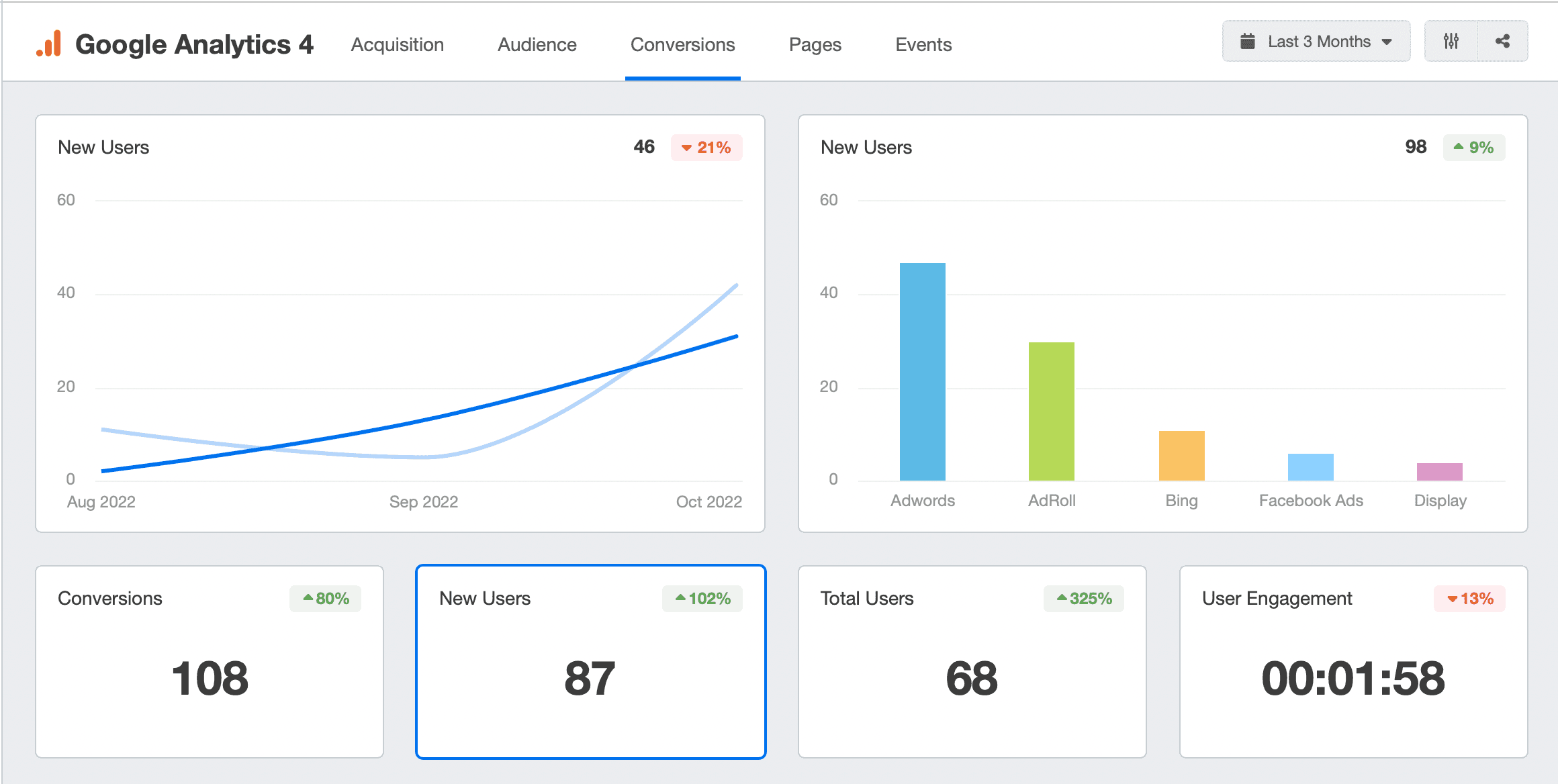
Related Integrations
How To Improve Time to Conversion
Reducing Time to Conversion means optimizing every step of the customer journey to remove friction, improve engagement, and guide visitors toward faster conversions. Here are three actionable ways to make that happen.
Optimize for High-Intent Users
Target audiences ready to take action by refining ad positioning, personalizing messaging, and focusing on keywords that signal immediate buying intent.
Leverage Retargeting Strategies
Use retargeting ads, email sequences, and abandoned cart reminders to re-engage potential customers and nudge them toward completing a conversion.
Enhance Landing Page UX
Make pages user-friendly with fast load times, clear CTAs, and compelling content to keep visitors engaged and drive quicker conversions.
Related Blog Posts
See how 7,000+ marketing agencies help clients win
Free 14-day trial. No credit card required.

